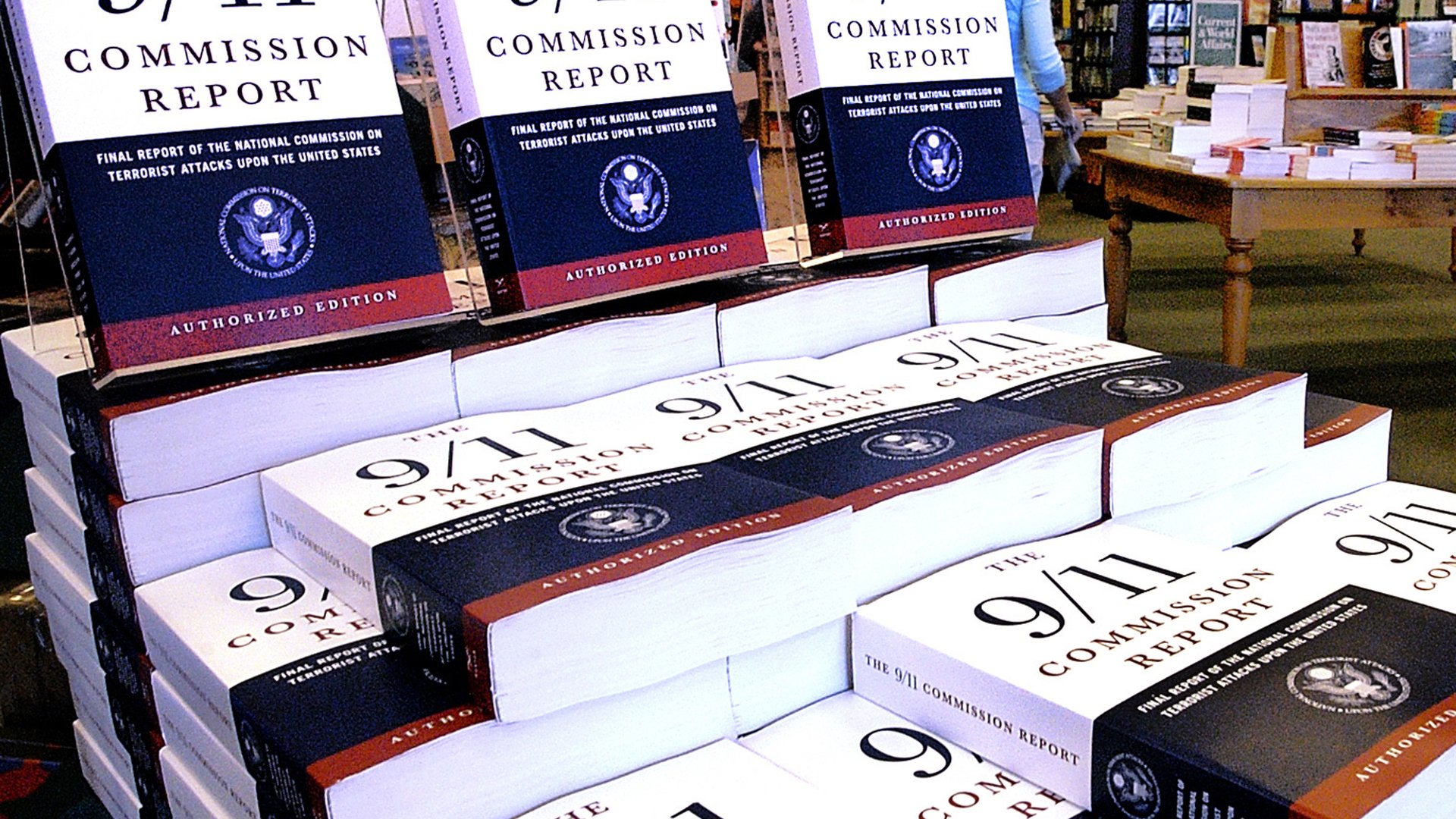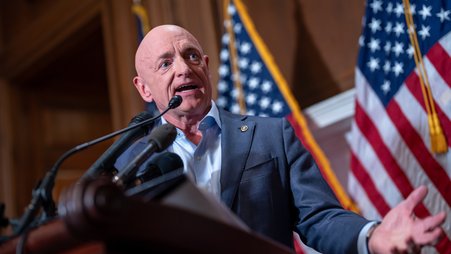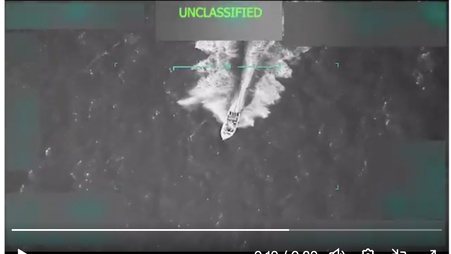Next year marks the 25th anniversary of the Sept. 11 attacks, and “a substantial body of records” about the event remains classified.
How many records are still secret? It’s hard to say exactly, but we know that the 9/11 Commission alone compiled nearly 570 cubic feet of records to issue its final report. A “large percentage” of those records remain classified and are still sitting on the shelves at the National Archives and Records Administration.
In theory, these and other 9/11 records should automatically be declassified when they turn 25 in 2026.
But this won’t happen with the 9/11 records, just as it hasn’t happened with other historically significant records, like the John F. Kennedy assassination records, which the public had to wait over 60 years to read.
It doesn’t have to be this way. Substantial investments in a centralized and automated classification system would help ensure the public has access to the government records it has the right to read.
The classification system is broken
To fix declassification, the government needs to do two things.
First, it must stop classifying records that don’t need protection.
Thomas H. Kean, the former governor of New Jersey and chair of the 9/11 Commission, went so far as to say about the attack that “Three-quarters of what I read that was classified shouldn’t have been.” This overclassification hampered vital information-sharing before the attack and stymied the investigation into what happened afterward.
Second, the government must invest in declassification.
NARA, which runs the government’s declassification hub, the National Declassification Center, is chronically underfunded. To make matters worse, NARA doesn’t have the authority to declassify other agencies’ records, even if they are in its possession. This means that agencies like the FBI can keep records secret long after they need to, with no repercussions.
Ad hoc declassification is not enough
Democratic and Republican administrations have each tried to get around fixing the structural problems with declassification by initiating special declassification projects.
President Bill Clinton had the Chile Declassification Project, which declassified 23,000 records from across the U.S. government about the Pinochet regime’s human rights abuses.
President Barack Obama started, and President Donald Trump completed, the Argentina Declassification Project, which released 7,500 CIA, FBI, Department of Defense, National Security Council, and State Department records about human rights abuses in Argentina.
And the second Trump administration launched large declassification projects about the JFK, Robert F Kennedy, and Martin Luther King Jr. assassinations.
There’s nothing wrong with individual declassification initiatives, but there is a better way.
An automated and centralized approach
The Public Interest Declassification Board, which is composed of appointees from across the political spectrum, convincingly argues that we need a centralized and automated declassification system.
This would do two important things.
It would make it more difficult for human reviewers to hold up the declassification of records that don’t require continued protection.
And it would solve a large technical hurdle, wherein different agencies have different tools for reviewing and redacting records, which makes it difficult to share records, much less review them concurrently.
If we coupled an automated and centralized system with forcing agencies to classify less information to begin with, we’d start to see real transparency for 9/11 records and much, much more.
If we don’t invest in such a system, PIDB argues that “this technology gap — and the lack of a central, directive authority to drive agencies toward more holistic solutions — will continue to haunt future declassification efforts, both those undertaken in the broad public interest, as well as the daily work that must continue to ensure that Americans have appropriate access to information about the activities of their government.”
Next steps
The government should take the following three steps:
- Congress should hold a hearing with members from the PIDB and other experts to determine what an automated declassification system would cost and where it should be housed, be it at the National Declassification Center or elsewhere.
- Congress should grant NARA the authority to declassify other agencies’ records.
- The government should make it more difficult for agencies to classify information in the first place by narrowly defining the terms for “damage to national security.” This could either be done through executive order or legislation.
This would help ensure that 9/11 records and other important documents don’t fall victim to forever secrecy.





